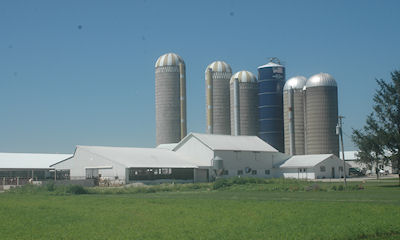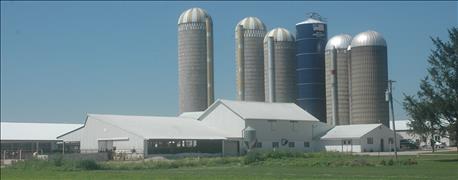
Gov. Mark Dayton will host the first-ever Governor’s Water Summit at the InterContinental Saint Paul Riverfront on Saturday to focus additional attention on the challenges facing Minnesota’s water supplies.
The summit will bring together water quality experts, farmers, legislators, regulators, the business community, state residents, local leaders and other stakeholders.
Around 800 people have free tickets to the event, which were quickly claimed within hours of the online announcement of the summit. A waiting list was being compiled of residents interested in attending.

Outstate residents have online access to Governor’s Water Summit
An email was sent to ticket holders Tuesday by Dayton’s senior policy adviser Molly Pederson. She stated in her email that Dayton wanted everyone to know that his guiding principle for the summit was to come ready to talk about solutions.
“The summit isn’t for finger-pointing or blaming others for the problems facing our lakes, rivers and drinking water,” she noted. “Governor Dayton is calling on you and all Minnesotans to be part of the solution, so come ready to share your ideas.”
Attendees also were asked in the email to select four out of nine breakout sessions to attend to assist with planning purposes.
Wednesday afternoon the governor’s office announced that everyone will have access to the summit online. Links will be available on the governor’s website on Friday.
Online resources include:
- Livestream. Opening remarks from Dayton (9:00am – 9:30am) and the Water, Business and Stewardship Panel (1:00pm – 2:00pm) will be available via a web-based livestream.
- Public Forum. An online forum will be available, too, for anyone to submit ideas and to vote on proposed solutions regarding the state’s water quality challenges.
The summit agenda is as follows:
8:00am – 9:00am Registration
9:00am – 9:30am Welcome and Remarks from Governor Mark Dayton (Ballroom)
9:45am – 10:55am Breakout Session
11:10am – 12:20pm Breakout Session
12:20pm – 1:00pm Lunch
1:00pm – 2:00pm Water, Business and Stewardship Panel (Ballroom). George Barclay, Dow Water and Process Solutions; Anita Foster, The Mosaic Company; Ryan P. Godfrey, Tonka Water; Raj V. Rajan, Ecolab; Philip M. Rolchigo, Pentair
2:00pm – 2:30pm Wrap up and closing remarks
Breakout session topics are:
•Aquatic Invasive Species. The spread of Aquatic Invasive Species through our lakes and rivers has a devastating impact on natural aquatic life. Stopping it will require behavioral changes and adequate penalties for offenders. Infested waters need ongoing research and the best available technology to clean them up.
~~~PAGE_BREAK_HERE~~~
•Challenges Facing Minnesota’s Iconic Waters. Whether it’s Lake Superior, the Mississippi River, or the Boundary Waters, Minnesotans take pride in our iconic waters. How can we protect these special places for future generations?
•Ensure Minnesota is Resilient to Extreme Weather. Heavy rainfall and floods are increasing in Minnesota as our climate changes, threatening our water quality, health, infrastructure, agriculture and transportation. Our water and landscape must be able to withstand these mounting pressures.
•Sustaining Our Water Supplies. Minnesotans can no longer take the abundance of fresh water for granted. We must take action to protect our water quantity and availability though efficiency and conservation practices.
•Water in the Urban and Built Environment. When the rains come, it rinses our urban landscapes of contaminants, pollution, and sediment. How can we better manage stormwater runoff in our urban areas where rooftops and pavement speed polluted water to lakes and rivers?
•Water & Wastewater Infrastructure. Minnesota’s drinking water and wastewater infrastructure needs an estimated $11 billion in upgrades. How should the costs and responsibilities for current infrastructure needs and new regulations be balanced and affordable?
•Water in the Rural Environment. Water in Minnesota’s rural areas faces unique challenges as we balance economic development with the increased demand on our water, and as we manage potential pollutants. What strategies help us achieve these goals in a way that allows businesses to grow and thrive, while ensuring the protection of our water?
•Living Cover. Living cover is important to our landscape by holding water, filtering contaminants, protecting drinking water, and allowing water to recharge aquifers. We’ll explore ways to improve and expand living cover through the use of cover crops, perennial plant cover and other land practices.
•Investing in Clean Water. With the Legacy Amendment funds set to expire in 2034, it’s time for a close look at how to best maximize those funds to protect and restore Minnesota’s water. We also need a smart, balanced approach for utilizing public-private partnerships and other sources of funding to enhance the state’s investment.
About the Author(s)
You May Also Like






